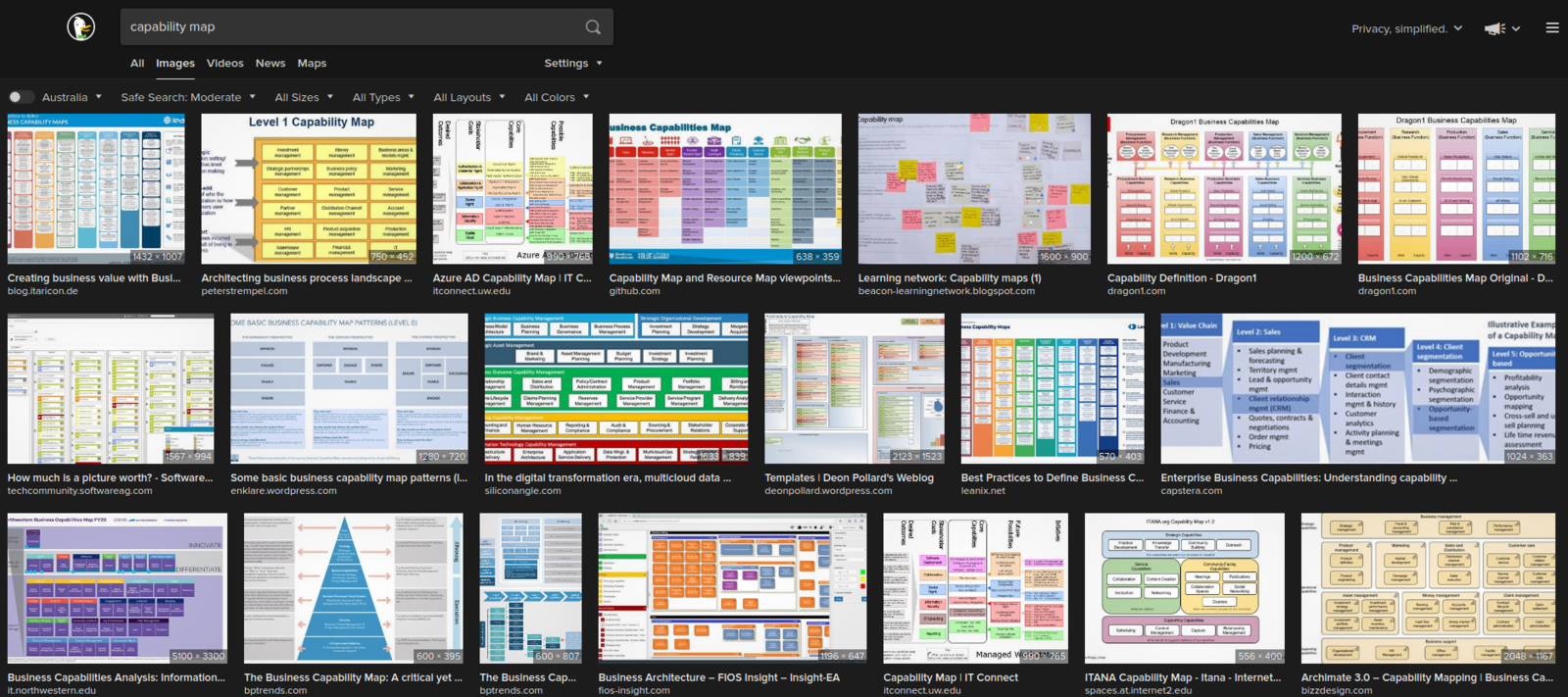Pay attention next time you drive: there are those that switch on the fog-lights (no, I am not referring to the day-time running lights) during a clear day or evening. Why? Somehow it generates the perception that it makes their German luxury sedan or SUV faster or distinctively more "sporty". In effect, it only shows ignorance and in some cases, when the rear fog lights are equipped, it creates a situation where it looks like the driver is perpetually braking. When you look at the total system of the drive and power train of the car - the logical conclusion of switching on additional lights must equate to a (ever so slightly) decrease in power delivered to the wheels (and for those claiming it is an "increase in safety" - fog lights are designed to be seen without blinding yourself via reflection IN THE FOG). Yeah - it is a pet-peeve... but it illustrates the point nicely, when comparing this to the digital business platform - and the effect that one application or feature can have on the entire efficacy of the system.

Optics is about seeming to be
Optics serve a purpose in business - your marketing strategy drives the optics, which will need to be in line with the actual value you bring your customers. However, not all optics serve a purpose. A litmus test would be: "does my customer care about this?". For example, your customer does NOT care about the brand of CRM you use. Customers DO care if you are in lock-step with their requirements (the consequence of a good CRM implementation).
So - big brands make you seem to be a Digital Business but when the various big brands do not result in a functionally sound architecture, it is just that - a set of disconnected systems.

The value is in the connected process
When your super-duper business application is an island, not connecting the data in a contiguous process to the other business applications, and thereby completing the business transaction process, it is not worth a fraction of the investment placed into it. The value of the system is based on the connections it has to other systems in your business. A great analogy is a social network - being on the social network is in itself not valuable, but with each additional connection the value of the network grows.
Therefore, the value is not in the optics, but in the connections!
Focus on value
When selecting the business applications, a clear value of the particular application needs to be weighed against the actual business scenario it would enable. That is easier said than done, how would one go about it? Follow these simple steps:

- Create a capability map for the organisation (click the picture on the right to get examples from the internet) - a capability map shows all capabilities that need to be fulfilled by the organisation in order to operate.
- Map the current applications or manual processes that are used to fulfill the capabilities.
- List the integration points (this includes manual integrations, such as re-typing or file uploads) between the capabilities.
- Base your application selection criteria on maximising the capability coverage, and minimising the manual integration points.
